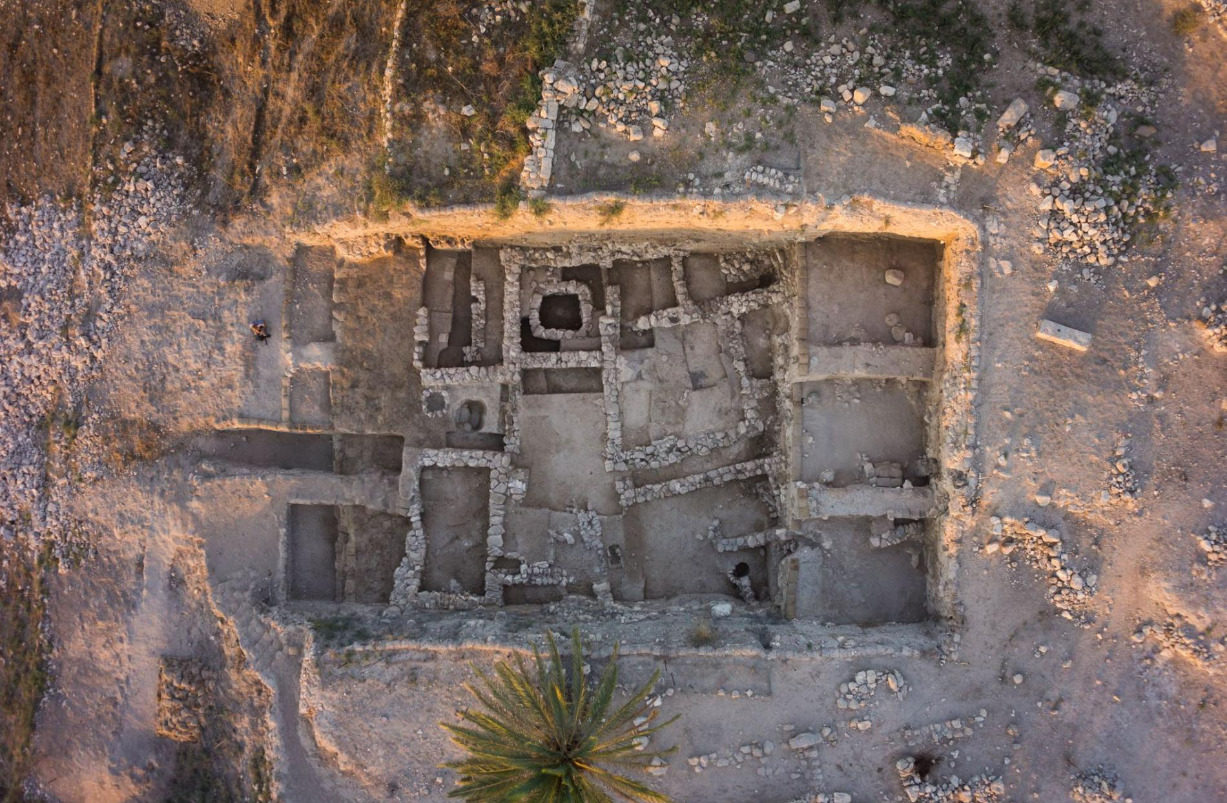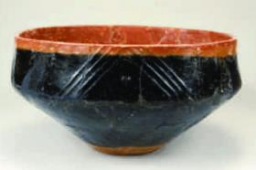
A new study of ancient DNA traces the surprising heritage of these mysterious Bronze Age people.
They are best known as the people who lived "in a land flowing with milk and honey" until they were vanquished by the ancient Israelites and disappeared from history. But a scientific report published today reveals that the genetic heritage of the Canaanites survives in many modern-day Jews and Arabs.
The study in Cell also shows that migrants from the distant Caucasus Mountains combined with the indigenous population to forge the unique Canaanite culture that dominated the area between Egypt and Mesopotamia during the Bronze Age, lasting from approximately 3500 B.C. until 1200 B.C.
The team extracted ancient DNA from the bones of 73 individuals buried over the course of 1,500 years at five Canaanite sites scattered across Israel and Jordan. They also factored in data from an additional 20 individuals from four sites previously reported.
"Individuals from all sites are highly genetically similar," says co-author and molecular evolutionist Liran Carmel of Jerusalem's Hebrew University. So while the Canaanites lived in far-flung city states, and never coalesced into an empire, they shared genes as well as a common culture.
The researchers also compared the ancient DNA with that of modern populations and found that most Arab and Jewish groups in the region owe more than half of their DNA to Canaanites and other peoples who inhabited the ancient Near East — an area encompassing much of the modern Levant, Caucasus, and Iran.

Marc Haber, a geneticist at the Wellcome Trust's Sanger Institute in Hinxton, United Kingdom, co-led a 2017 study of five Canaanite individuals from the coastal town of Sidon. The results showed that modern Lebanese can trace more than 90 percent of their genetic ancestry to Canaanites.
"Thieves and Canaanites"
As Egyptians built pyramids and Mesopotamians constructed ziggurats some 4,500 years ago, the Canaanites began to develop towns and cities between these great powers. They first appear in the historical record around 1800 B.C., when the king of the city-state of Mari in today's eastern Syria complained about "thieves and Canaanites."
Diplomatic correspondence written five centuries later mentions several Canaanite kings, who often struggled to maintain independence from Egypt. "The land of Canaan is your land and its kings are your servants," acknowledged one Babylonian monarch in a letter to the Egyptian pharaoh Akhenaten.
Biblical texts, written many centuries later, insist that Yahweh promised the land of Canaan to the Israelites after their escape from Egypt. Jewish scripture says the newcomers eventually triumphed, but archaeological evidence doesn't show widespread destruction of Canaanite populations. Instead, they appear to have been gradually overpowered by later invaders such as the Philistines, Greeks, and Romans.

Whether this resulted from long-distance trade or migration was uncertain. The new study demonstrates that significant numbers of people, and not just goods, were moving around during humanity's first era of cities and empires. The genes of Canaanite individuals proved to be a mix of local Neolithic people and the Caucasus migrants, who began showing up in the region around the start of the Bronze Age.
Carmel adds that the migration appears to have been more than a one-time event, and "could have involved multiple waves throughout the Bronze Age."
One brother and sister who lived around 1500 B.C. in Megiddo, in what is now northern Israel, were from a family that had migrated relatively recently from the northeast. The team also noted that individuals at two coastal sites — Ashkelon in Israel and Sidon in Lebanon — show slightly more genetic diversity. That may be the result of broader trade links in Mediterranean port towns than inland settlements.

Who came first?
Both Israeli and Palestinian politicians claim the region of Israel and the Palestinian territories is the ancestral home of their people, and maintain that the other group was a late arrival. "We are the Canaanites," asserted Palestinian Authority President Mahmoud Abbas last year. "This land is for its people...who were here 5,000 years ago." Israeli Prime Minister Benjamin Netanyahu, meanwhile, said recently that the ancestors of modern Palestinians "came from the Arabian peninsula to the Land of Israel thousands of years" after the Israelites.
The new study suggests that despite tumultuous changes in the area since the Bronze Age, "the present-day inhabitants of the region are, to a large extent, descended from its ancient residents," concludes Schwartz — although Carmel adds that there are hints of later demographic shifts.
Carmel hopes to soon expand the findings by collecting DNA from the remains of those who can be identified as Judean, Moabite, Ammonite, and other groups mentioned in the Bible and other texts.
"One could analyze 'Canaanite' as opposed to 'Israelite' individuals," adds archaeologist Mary Ellen Buck, who wrote a book on the Canaanites. "The Bible claims that these are distinct and mutually antagonistic groups, yet there's reason to believe that they were very closely related."
Andrew Lawler is a journalist and author who has written about controversial excavations under Jerusalem and the search for the Lost Colony of Roanoke for National Geographic.




Comment: See also: